History of Simon Farm
Simon Farm is a historically intact 1864-era 6.4-acre homestead that was occupied by four generations of John Roger Simon’s French ancestors. The 7-acre homestead is embedded in the larger 670-acre preserve known as Simon Woods.
John R. Simon gifted the 7-acre homestead to the Arc of Appalachia with a retained life estate. Simon Farm is an important cultural site in Scioto County, serving as the location of the popular John Roger Simon Sorghum Festival, an event that was founded by John and ran for 37 years before it was terminated in 2019 due to its aging organizers. The Simon Sorghum Festival was revived in 2022 by the Arc of Appalachia in cooperation with many of John’s supportive neighbors and continues to present today as an annual festival. Festival activities feature sorghum making, Appalachian heritage crafts, and traditional Appalachian music,
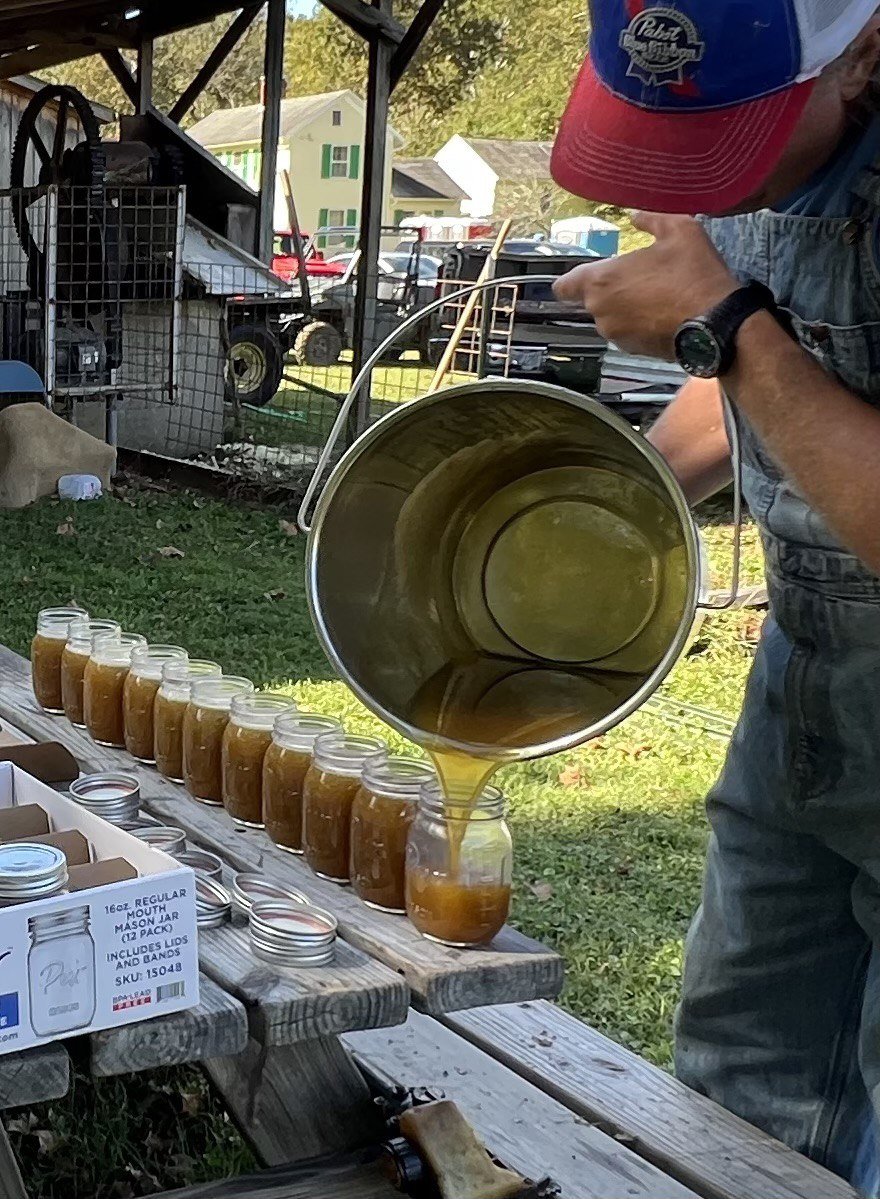

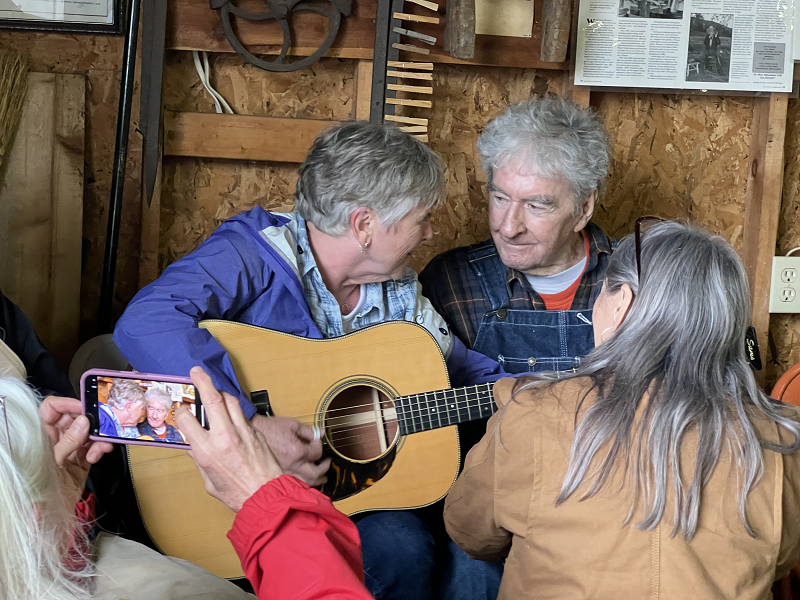
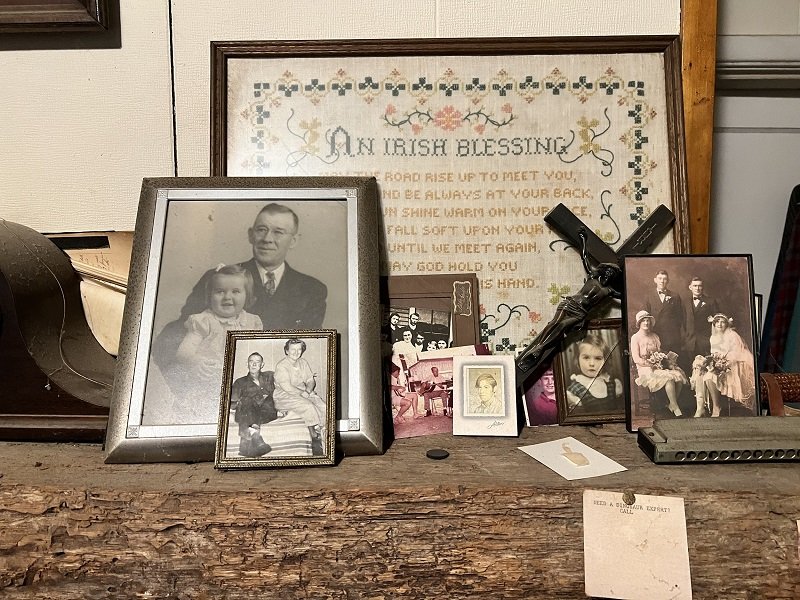
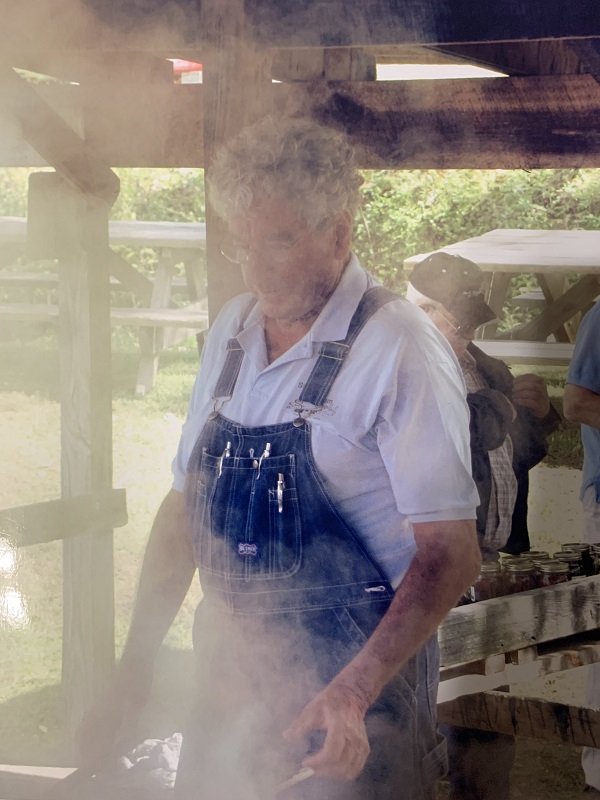
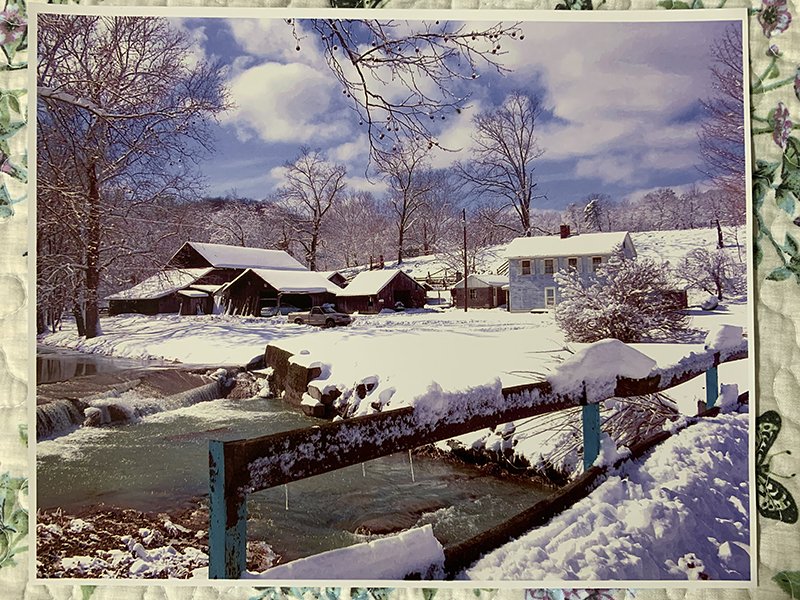
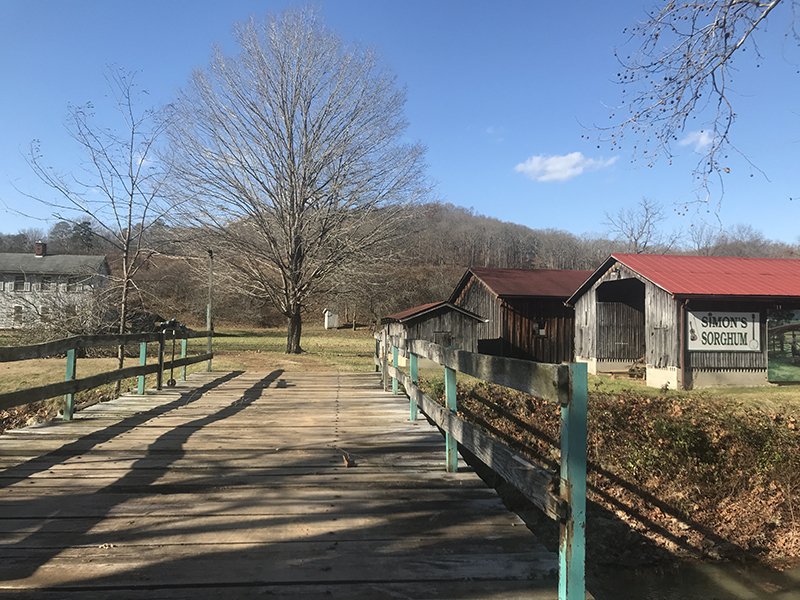
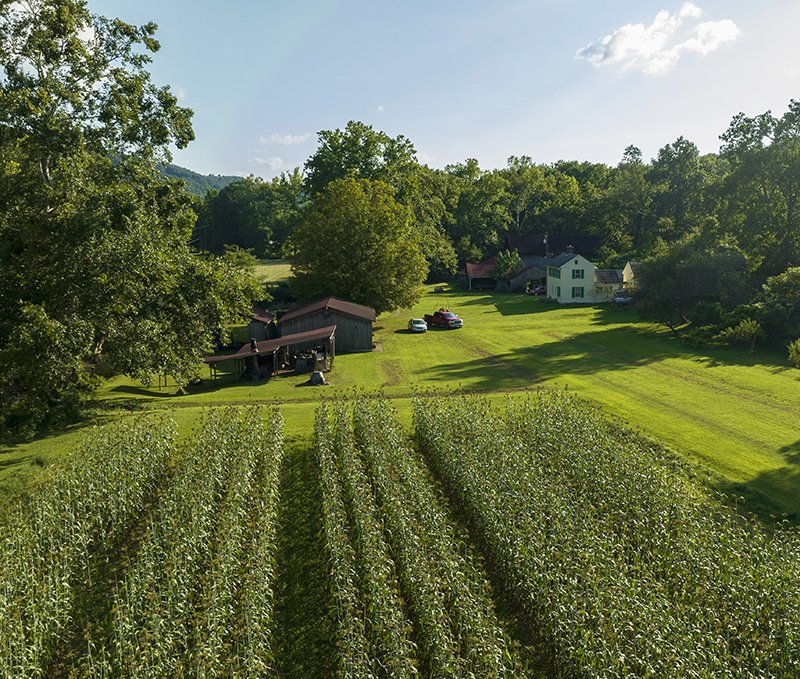
Simon Farm. has a five-generation legacy.
Simon Farm’s legacy stretches back to the 1850s, when John Roger Simon’s ancestor, Jean Baptiste Narjoz, first stepped foot on the property. In 1864, Jean Baptiste built a modest farmhouse on the land, the same house in which John was born in 1936.
John remembers when the house and the barns were filled with the voices of his mother, father, younger sister Kathleen, dozens of first and second cousins, and the extended Simon family who at various times lived all up and down Pond Creek Valley. John could walk to the old sawmill and even remnants of the wheelbarrow factory that once supported his ancestors. John loved to hear the Appalachian music arising from the front porch, or in the Catholic meeting hall at the end of the road where John was a fixture at the Saturday night square dances.
John’s father was the fourth generation in his family to watch over the fields and forests on Pond Creek. His mother, Clara Walsh, was from nearby Otway, Ohio, where her father, John Walsh, worked as a lumberman and operated a railroad tie mill. John Walsh was an accomplished fiddle player and sparked in his grandson a lifelong passion for traditional music.
Preserving Appalachian Music and Culture
John’s lifelong passion for playing and preserving the traditional music of Appalachia began when he was 10 years old when his mother asked him what instrument he wanted to play. Over time, he became proficient in every traditional musical instrument from fiddle to mandolin, string bass to banjo. John nurtured friendships in the Nashville country music scene, as well as the bluegrass community. John’s greatest attention, though, was focused on preserving local tunes arising from the Appalachian hills on both sides of the Ohio River. He knew he was witnessing the last generation of traditional music in the hills of southern Ohio and northern Kentucky. John raced to record the aging musicians before their music died, filling up boxes and boxes with recordings.
As John grew older, he committed himself to preserving not just his home life on Pond Creek, but the larger Appalachian culture in which his childhood was embedded. He earned a PhD in music and taught Appalachian Studies at Shawnee State University for many years, passing down knowledge to his students of the rapidly vanishing agrarian Appalachian culture and instilling in them a sense of pride in their past.
In 2008, John wrote a book about Cowboy Copas, a local singer, and the golden age of country music. In 2014, he co-authored a book with Cleda Slye Willoughby, called “My Brother, Roy” about another Portsmouth area native, Roy Rogers.
The Origin of the Sorghum Festival
In 1982, John purchased a sorghum press and evaporator pan from Elbert Hackworth, a neighbor who lived a couple of miles up Pond Creek. John was able to merge his love of traditional music with his appreciation for Appalachia’s agrarian roots when he started up the Simon Sorghum Festival later that year. It was a community affair as well as a regional destination. Neighbors and travelers come alike to watch the age-old process of pressing cane, cooking the sap into syrup, and bottling the syrup as a sweet treat for biscuits, coffee, and baked goods.
Making sorghum on the farm has always been a community affair, with friends and neighbors helping with every step of the process, from cutting cane in the field to pouring off the final product. Roles and responsibilities include planting the sorghum, helping with the harvest, running the cane press, skimming the boiling sap on the evaporator pan, adding wood to keep the fire hot, (but not too hot), and finally bottling the finished syrup when John confirms it is “just right.”
Demonstrations of agrarian Appalachian life skills were a key part of the event - everything from apple cider pressing, to corn shelling, sauerkraut making, draft horse pulling, and stirring apple butter in the copper kettle. And of course, no Simon Sorghum Festival would be complete without the foot-tapping sound of string music from fiddles, guitars, mandolins, and more. The festival was retired in 2018 after running continuously for 37 years.
Becoming An Arc Preserve and the Rebirth of the Sorghum Festival
Over the years, motivated in part by his waning health, John slowly accepted the nearly unbearable sacrifice required to save his farm. The day arrived when John found the courage to sell his 564-acre farm to the Arc of Appalachia, assisted by a grant through Clean Ohio. Simon Farm was one of the Arc’s largest property acquisitions to take place in Ohio. (The preserve was later expanded with the Arc’s 95-acre acquisition of adjacent Noel Hollow.)
Following the transfer of the deed, protective deed restrictions were placed on the property, essentially the same restrictions as those that protect state nature preserves. John’s beloved woodlands, their slopes covered with towering white oaks and their ridgetops with chestnut oaks, were now officially protected for all of eternity.
John withheld one portion of the property from the sale: the 7-acre homestead that contained his family’s historic buildings and one of the sorghum fields. In an incredible act of trust and vision, he then donated that 7-acre homestead directly to the Arc with retained life estate, which he still holds today. He furthermore wrote a check for $500,000 to set up an endowment fund to support the costs of stewarding his farm and his beloved sorghum festival. His decision was heavily endorsed by his younger sister and her husband, illustrating the breadth of this family’s benevolence.
In 2022, the Arc brought the John R. Simon Sorghum Festival back to life - thanks to the support of many neighbors - and it vitally continues today.

